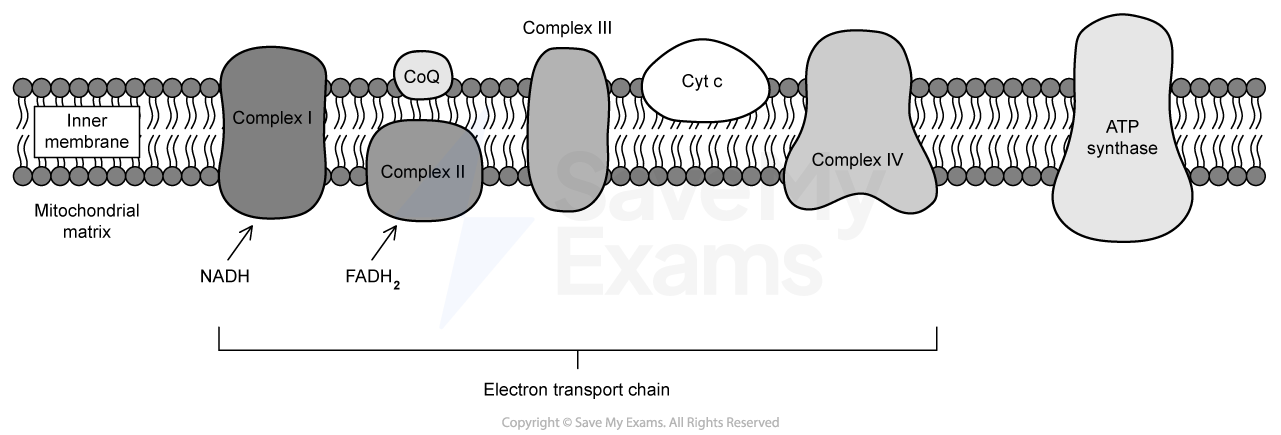The diagram below shows a transverse section (TS) of a plant stem.

(i) Identify the structure (I or J) that is responsible for the transport of water in plants.
[1]
(ii) Explain one structural adaptation for its function.
[1]
Outline how the physical properties of water allow capillary action through the structure identified in part a.
State two differences between the mechanisms that water and mineral ions enter the roots of plants.
Glucose produced in the leaves of plants travels to the roots, where it is stored as starch.
Describe two properties of glucose that make it unsuitable as a storage molecule.
Did this page help you?

